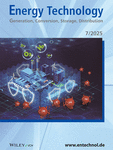Journal list menu
Export Citations
Download PDFs
Table of Contents
Diffusion Studies of Glucose and Sucrose in Chitosan Membranes and Beads for Enzymatic Production Processes
- First Published: 15 May 2018
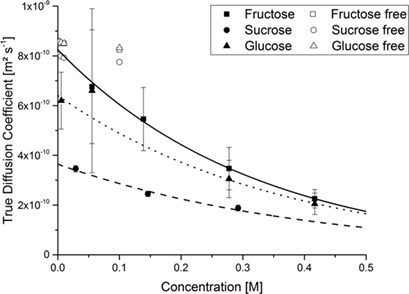
Concentration-dependent diffusion coefficients for glucose and sucrose at infinite dilution indicate interactions between chitosan and these sugars. However, Thiele Moduli show that improved thermal stability due to enzyme immobilization in chitosan comes with only a limited kinetic penalty due to increased mass transfer resistance for the planned laminaribiose production process.
Threshold Flux for Vacuum Membrane Distillation to Concentrate Herbal Aqueous Solutions
- First Published: 02 March 2018
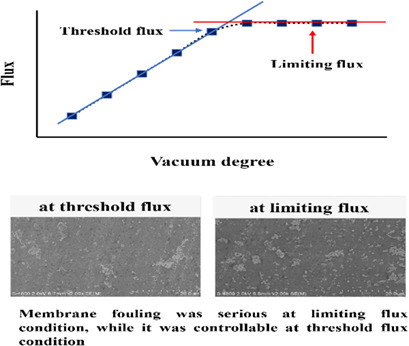
Herbal aqueous solutions can be concentrated effectively by vacuum membrane distillation but membrane fouling and flux decline are complex issues in such concentration processes. For optimizing the concentration process, a concept of threshold flux is proposed. In order to minimize fouling and flux decline, operating at threshold flux in constant flux mode is recommended for concentration.
Ethyl Lactate Synthesis by Catalytic Membranes in a Pervaporation-Assisted Membrane Reactor
- First Published: 26 January 2018
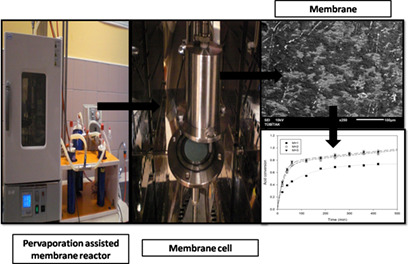
In order to achieve high lactic acid conversion associated with a high-purity final product without the need of a further purification step, a reactive and functional poly(styrenesulfonic acid)-carboxymethylcellulose blend catalytic membrane was developed and applied in a pervaporation-aided membrane reactor for ethyl lactate production. Excellent acid conversion could be realized.
Management of Gas Storages in Biogas Plants
- First Published: 18 January 2018

Linking multiple biogas storages often causes problems on large-scale biogas plants, especially when they operate demand-driven gas consumers. Methods for the correct design and control of the gas system in biogas plants are reported and illustrated by reference to two specific large-scale industrial biogas plants, in order to overcome these problems by using a dedicated gas management system.
Selectivity of Nanoporous MnO2 and TiO2 Membranes for Residual Contaminants in Treated Wastewater
- First Published: 12 January 2018
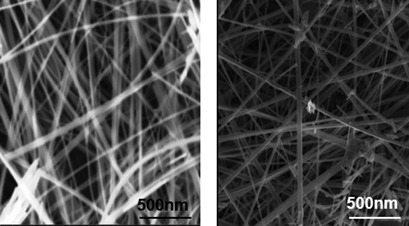
Nanoporous MnO2 and TiO2 membranes in combination with a low-voltage electrically enhanced membrane bioreactor were applied for the removal of residual contaminants from treated wastewater effluent. Such membranes contain ultralong 1D nanowires and nanoporous channels. The MnO2 and TiO2 nanowires have chemical functionalities for membrane separation and photocatalytic ability.
Effects of Solute Permeability on Permeation and Solute Rejection in Membrane Filtration
- First Published: 05 January 2018
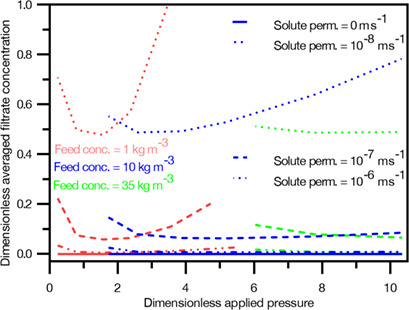
The coupling of concentration polarization, transmembrane solute and solvent fluxes and osmotic pressures was studied by solving the continuity, Navier-Stokes and solute transfer equations. Solvent permeation was found to rise with the value of membrane solute permeability. There is an optimal value of inlet pressure which leads to maximum solute rejection at a given feed concentration.
Permeability of a Fumasep-FAD Membrane for Selected Inorganic Acids
- First Published: 18 December 2017
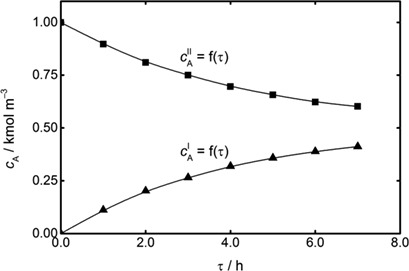
Diffusion dialysis is a modern separation process based on polymeric ion-exchange membranes. Experimental results of the transport of selected inorganic acids in a two-compartment batch dialysis cell using an anion-exchange membrane are presented. Using a newly developed rigorous mathematical model, the dialysis process is characterized by the permeability of the membrane.
Smart Metal-Organic Frameworks (MOFs): Switching Gas Permeation through MOF Membranes by External Stimuli
- First Published: 15 December 2017
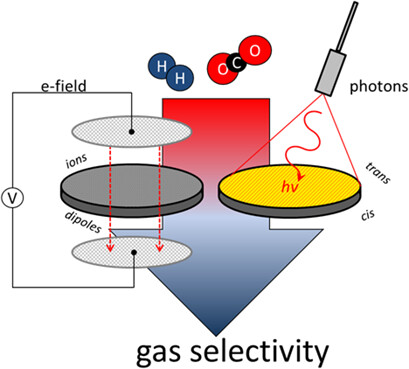
Metal-organic membranes are promising candidates to switch gas transport through a membrane by external stimuli like temperature, pressure, light or electric field. But to determine if switching the gas transport through such a membrane is merely a dream or near reality, intense research and development activities on switching adsorption on metal-organic frameworks in the near future are expected.
Ammonium-Based Polymer Ionic Liquid Membrane for Wastewater Treatment and Bioenergy Production
- First Published: 30 November 2017
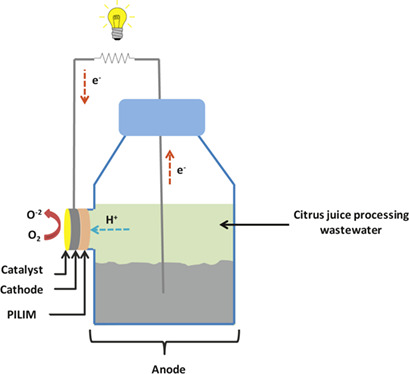
The complex composition of wastewater from the juice industry necessitates an expensive treatment. An air-cathode single-chamber microbial fuel cell based on an ionic liquid membrane was applied successfully to treat lemon juice processing wastewater and to produce simultaneously bioenergy. Polymer inclusion membranes based on ionic liquids served as separator in these microbial fuel cells.
Mathematical Model for Numerical Simulation of Organic Compound Recovery Using Membrane Separation
- First Published: 08 November 2017
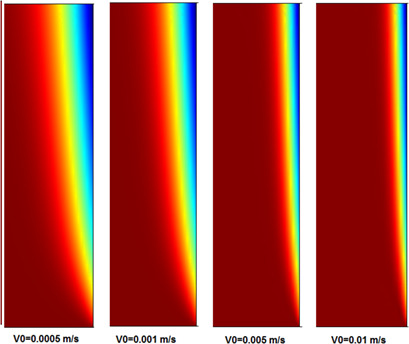
Membrane separation is a promising alternative to conventional purification processes which usually leave a considerable ecological footprint. An innovative methodology for modeling and simulation of membrane-based alcohol dehydration was developed. The comprehensive mechanistic model is based on the solution of transport phenomena equations using the computational fluid dynamics technique.
Performance of Nanofiltration-Like Forward-Osmosis Membranes for Aerobically Treated Palm Oil Mill Effluent
- First Published: 25 October 2017
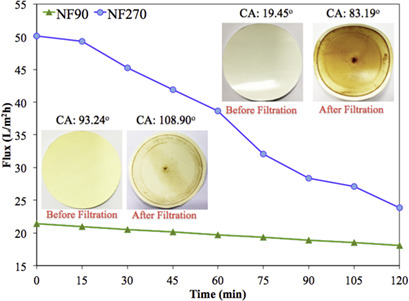
Nanofiltration-like forward-osmosis membranes have great potential for organic wastewater treatment due to their higher water flux compared to typical reverse osmosis-like membranes. The performances of two commercial thin-film composite membranes were evaluated for their efficiency in processing aerobically treated palm oil mill effluent in nanoflitration mode and engineered osmosis mode.
Selective Separation of Dyes and Brine Recovery from Textile Wastewater by Nanofiltration Membranes
- First Published: 24 October 2017
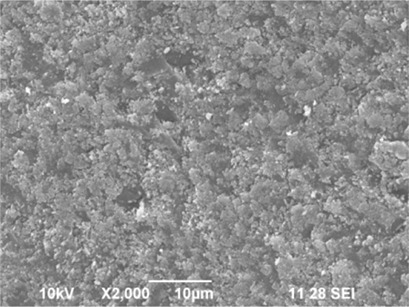
Nanofiltration is considered an effective alternative technology for the recycling of textile wastewater containing dyes. The selective separation mechanisms of wastewater with three textile dyes and NaCl solution as well as brine recovery by nanofiltration membranes at various pH values were evaluated. Selective separation of dyes was achieved with loose nanofiltration membranes.
Investigation into Ethanol Purification Using Polymeric Membranes and a Pervaporation Process
- First Published: 20 October 2017
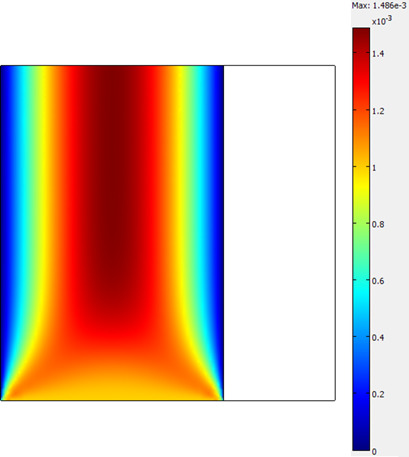
The dehydration of organic solvents is important in the production of solvents on an industrial scale. A mathematical model for the simulation of a membrane separation process was developed for the dehydration of ethanol using pervaporation. The model was capable of predicting mass transfer along with momentum transfer in the feed and membrane compartments.
Issues and Current Trends of Hollow-Fiber Mixed-Matrix Membranes for CO2 Separation from N2 and CH4
- First Published: 20 October 2017
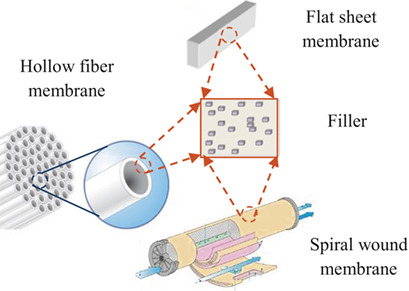
Hollow-fiber mixed-matrix membranes (HFMMMs) possess great potential for CO2 separation. Different inorganic fillers can be incorporated into various types of polymeric materials for fabrication of HFMMMs. Current trends, updated performances, issues on fabrication, and applicable models for prediction of transport properties of HFMMMs in CO2/N2 and CO2/CH4 separation are reviewed in detail.
Simultaneous Sodium Hydroxide Production by Membrane Electrolysis and Carbon Dioxide Capture
- First Published: 22 September 2017
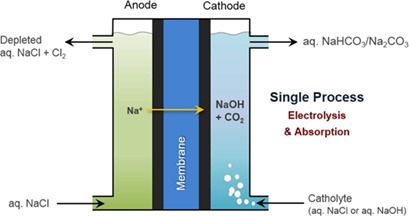
A one-step process for generation of NaOH via electrolysis of NaCl and CO2 absorption simultaneously in an electrochemical device allows reducing the capital cost in the entire process for carbonate mineral production. The simultaneous process was performed in an electrolyzer and produced aqueous carbonate/bicarbonate solutions prior to the mineralization process.
Rapid Degradation of Rhodamine B via Poly(dopamine)-Modified Membranes with Silver Nanoparticles
- First Published: 25 August 2017
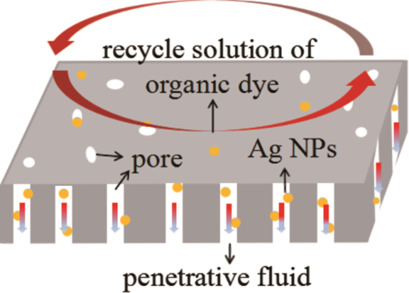
Rapid and effective removal of organic dyes from water still means a challenging issue. A catalytic membrane containing silver nanoparticles was applied for degradation of Rhodamine B in cross-flow catalysis. This dye can be quickly degraded by recycling reactants on the surface of the catalytic membrane while the products with high conversion can be obtained by the penetrative fluid.
A Novel Approach for Measuring Gas Solubility in Liquids Using a Tube-in-Tube Membrane Contactor
- First Published: 16 August 2017
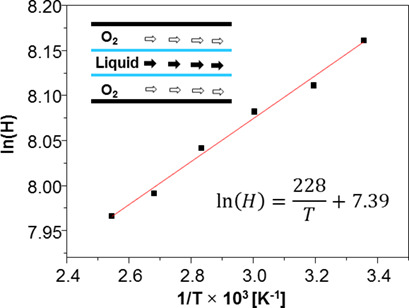
Data on oxygen solubility in organic solvents are essential for catalyst evaluation, reactor design, and process safety of catalytic aerobic oxidations. An innovative method with a Teflon AF-2400 tube-in-tube membrane contactor is proposed for measuring oxygen solubility in toluene and benzyl alcohol. An empirical correlation of Henry's law constant as a function of temperature is determined.
Dynamic Membrane Filtration: Formation, Filtration, Cleaning, and Applications
- First Published: 29 June 2017
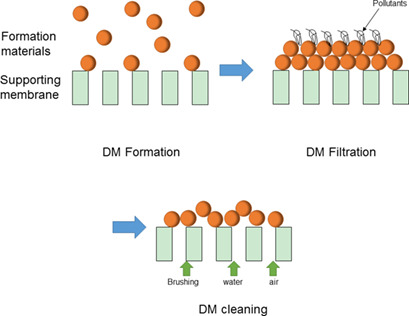
High flux, low cost, and low operation pressure are the main advantages of dynamic membranes over traditional membrane technology in wastewater treatment. Different formation and filtration conditions as well as cleaning strategies for dynamic membranes are investigated. An overview of dynamic membrane applications in wastewater and sludge treatment is presented.









